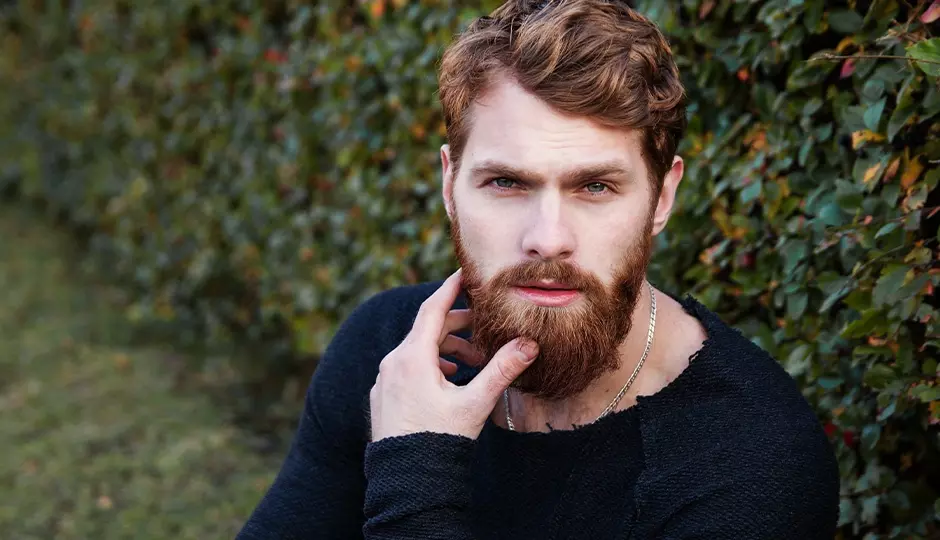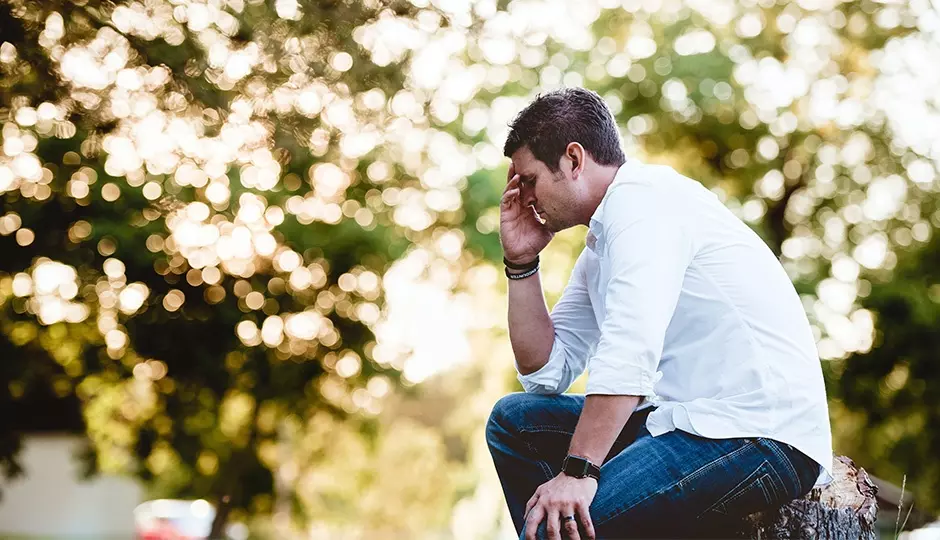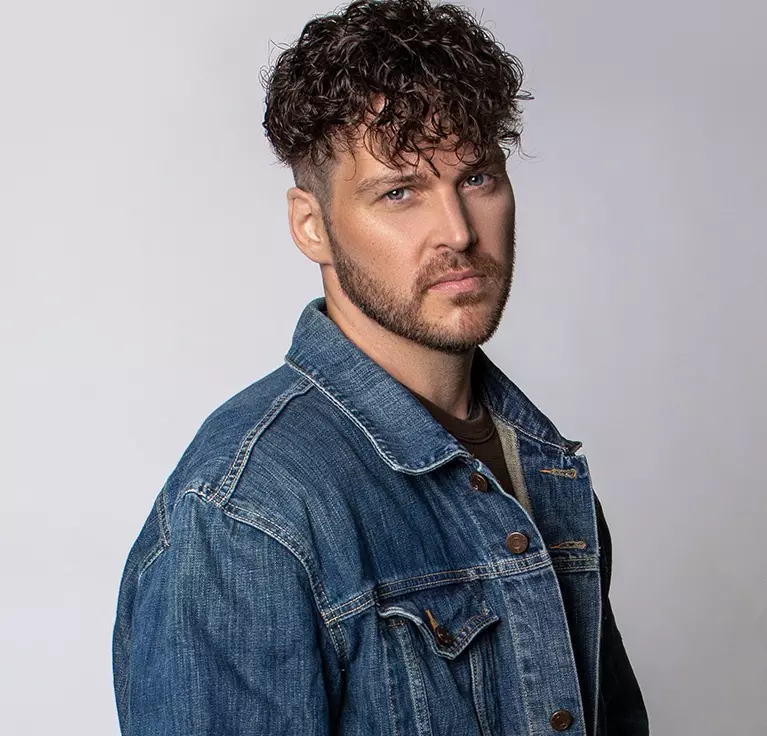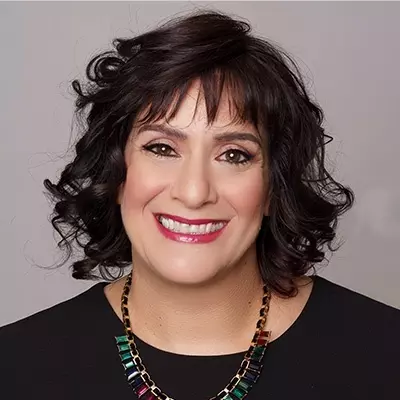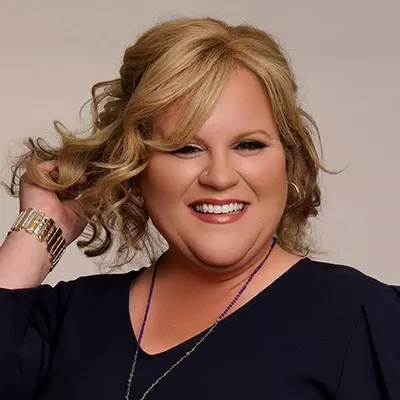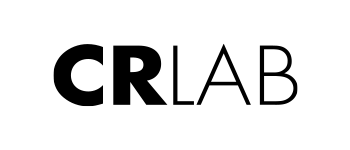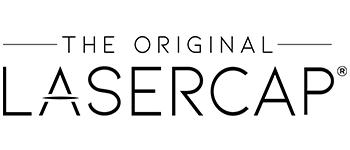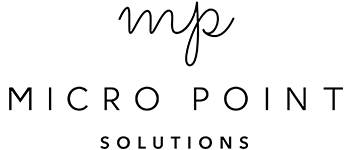The month of September is both Alopecia Awareness Month and Trichotillomania Awareness Month. At Mane Image, we treat hair loss of all kinds in various degrees of progression, but we also feel it is our responsibility to educate our guests about different hair loss diagnoses.
We already covered alopecia in a previous post, so today we'll be focusing on trichotillomania disorder. This disorder is colloquially known as "hair-pulling disorder" and, yes, it's exactly what it sounds like. Of course, there's a lot more to it than the understood compulsion to pull out one's own hair. So, let's take a closer look at the only culprit of hair loss that is known to be self-inflicted.
What is Trichotillomania?
Trichotillomania is defined by Webster's dictionary as: "the abnormal desire to pull out one's hair". Beyond this, it is essentially an impulse control problem that is characterized by the irresistible urge, and obsessive need, to pull out hair. Interestingly, trichotillomania is about seven times more prevalent in children than adults, often suggesting that, in many cases, it is a form of self-soothing. Also of note, the plucked hair does not necessarily only come from the scalp - it is also typical to see those with this disorder pull out their eyelashes and eyebrows.
The result - as you might expect - is noticeable hair loss that could result in forced alopecia as the traumatized hair follicles remain in the resting phase of telogen. Because this form of hair loss is a result of the uncontrollable urge to pull hair out at the root it is most often associated with behavioral and psychiatric diagnoses. Unfortunately, the exact cause of trichotillomania is not known, though it has been theorized that it could stem from abnormalities in brain pathways and the control of impulse, movement, and habit formation. There is no specific test to determine whether the patient has trichotillomania, but assuming symptoms are present, either a doctor, a psychologist, or a therapist can make the diagnosis.
What are the Symptoms of Trichotillomania?
Beyond actually pulling out hair there are several symptoms associated with trichotillomania. These are listed below:
- Excessive tension prior to pulling hair or as a result of attempting to refrain from hair pulling.
- Feelings of relief, satisfaction, or content after pulling hair.
- Bare patches in otherwise normal, healthy hair.
- Compulsive behaviors such as: chewing on or eating hair, inspecting hair at the root, hair twirling.
- Trichotillomania may be accompanied by anxiety or depression.
How is Trichotillomania Treated?
The most common treatment of trichotillomania is habit reversal therapy, a type of behavioral therapy that focuses on redirecting the habit into something less harmful to the body. This could be as simple as redirecting the urge into making a fist, squeezing a stress ball or playing with a fidget spinner. Overall, therapy can address the thinking that causes hair pulling and redirect the stress that triggers the compulsion.
There are also several medication options that can help alleviate the compulsion, though they are more commonly used in extreme cases that do not find progress in therapy. These options include: selective serotonin reuptake inhibitors (SSRIs), olanzapine, and aripiprazole. The first is a type of antidepressant while the latter options are antipsychotics commonly prescribed in conjunction with the SSRI. These are all thought to help curb irresistible urges. Please consult your doctor for additional details.
As for the associated hair loss: typically, if trichotillomania is brought under control, the hair will resume normal growth. If patchy hair becomes a problem there are treatment options available to achieve full, healthy hair once more.
Mane Image is dedicated to helping its customers overcome hair loss of all kinds. If you would like to learn more about trichotillomania or any of our hair restoration services, please contact us. We can't wait to help you gain confidence with a fully, healthy head of hair!

